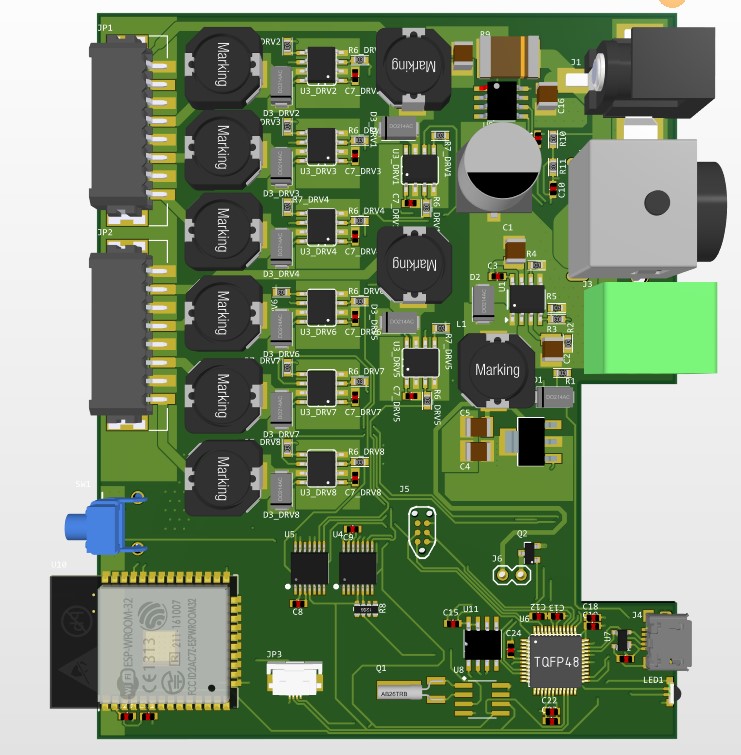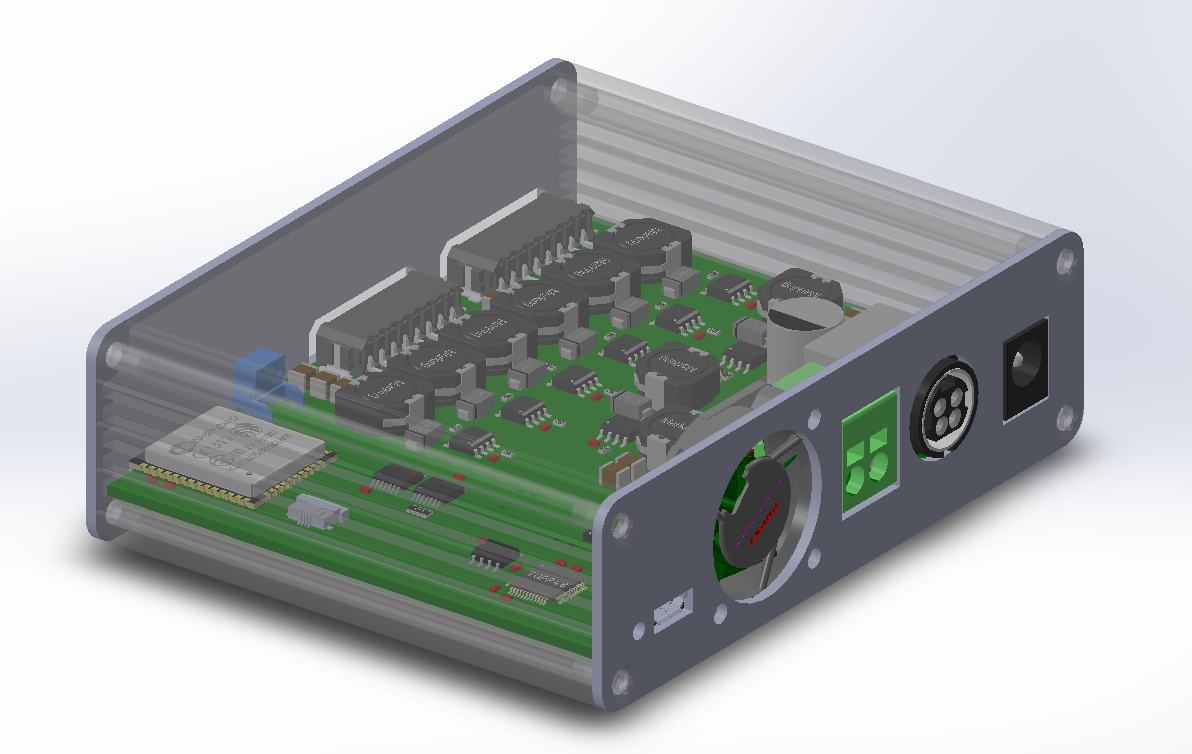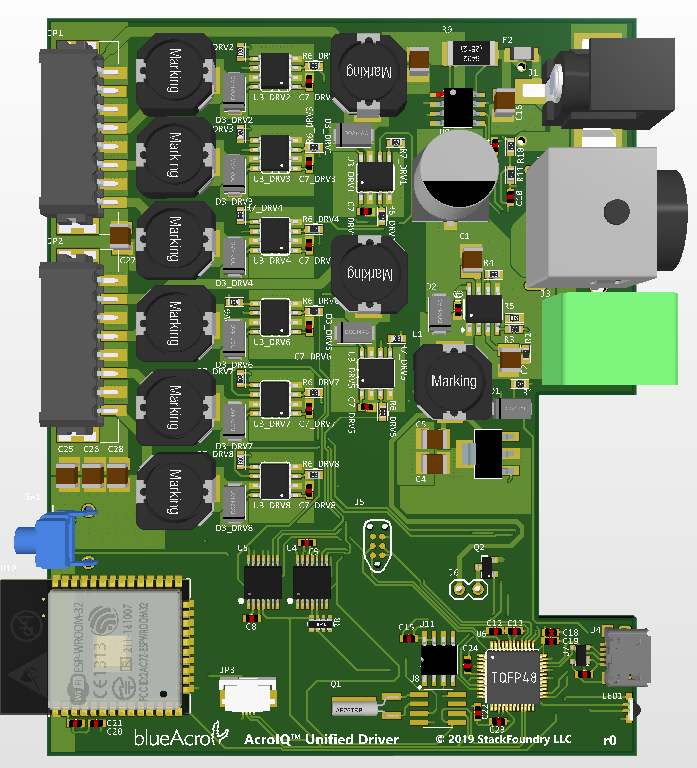Over in the LEDBrick thread ( https://www.reef2reef.com/threads/ledbrick-diy-led-pendant-with-pucks.243746/page-5#post-5552632 ) I am experimenting with a mated driver and LED combo. After talking to a lot of people, I decided to do a bit of branching out experimentation to work with a more general purpose solution to the LED setup. This is based on the reality that people love experimenting with the LEDs and lighting its self, but the controller and driver has a more established requirement list ("boring" even). However, even if things are cut and dry, wiring and project complexity remains an on-going problem; integrating and wiring drivers and controllers with PWM is also a major headache.
So, what if we combine the controller/dimmer and LED drivers all into one nice modular box? Think of this as a super-sized LDD+Bluefish board, but in a fully open source design, with some enhancements.
Concept:
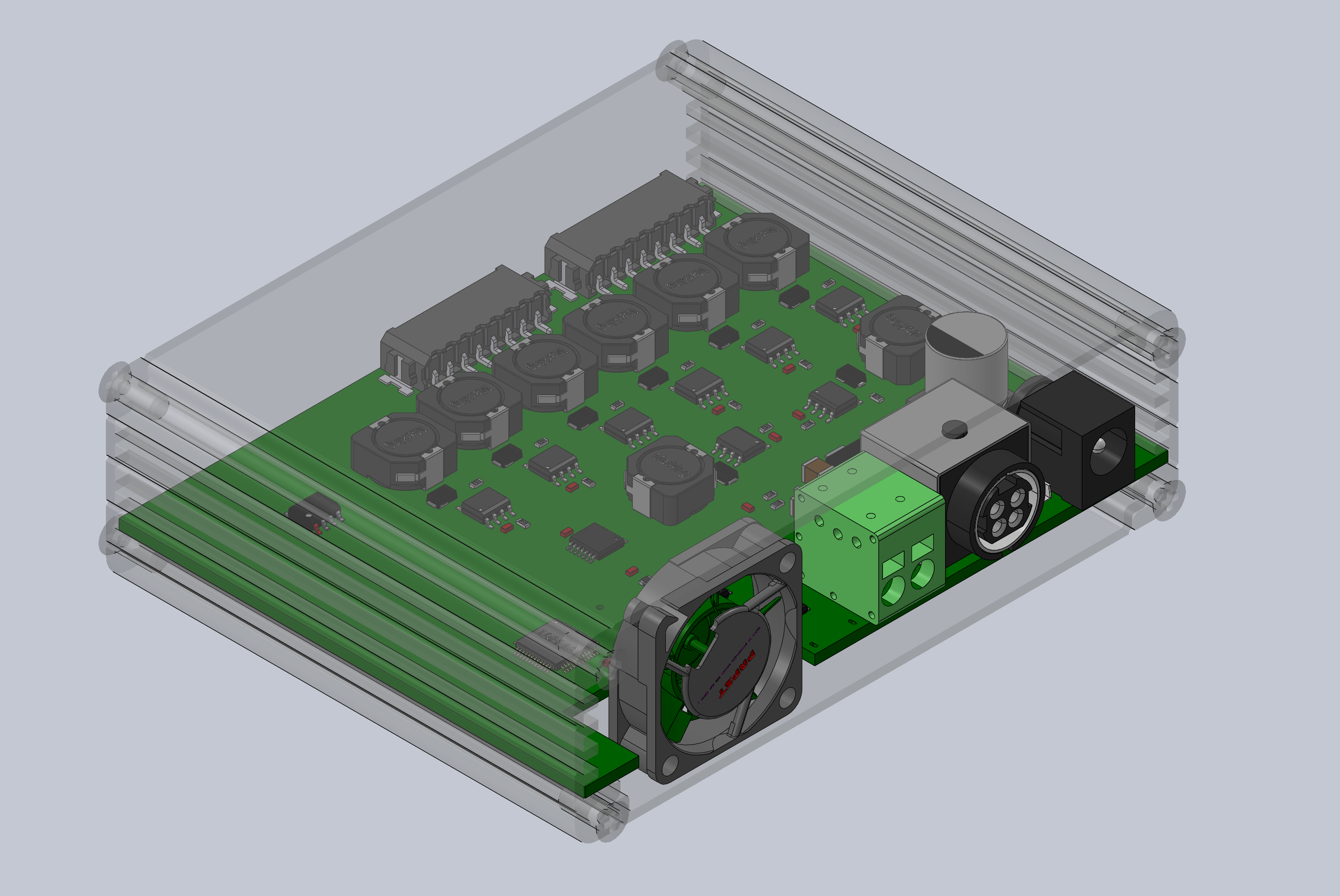
This is an 8 channel design based on the LM3414HV, so up to 1A and 48V per channel (technically 60V but things get trickier for the rest of the design). It has dedicated power input connectors (2.1mm, power mini DIN, bare wire). More importantly, each channel is software programmable between 300-1000mA output (and can be dimmed). There is a USB connector for computer based programming, and an optional ESP32 module for WiFi connectivity. The brains are run on a easy to program ATSAMD21, and ESP32 is simply a connectivity slave. Included is an RTC and battery backup so it could run entirely stand-alone.
The case is a nice and compact:
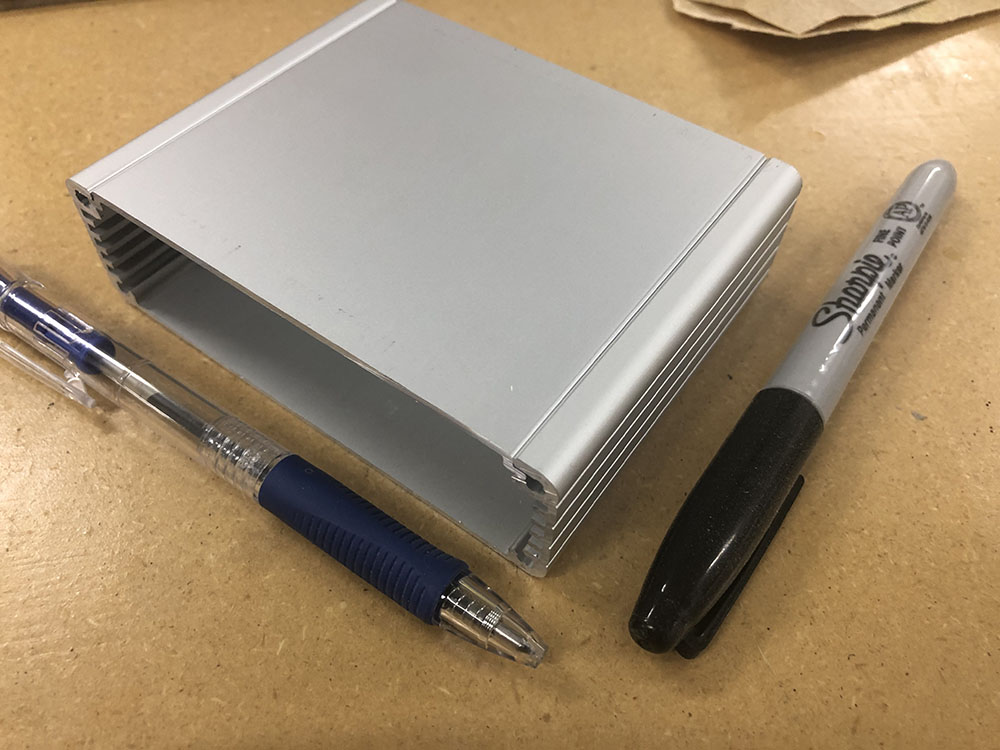
This design can be scaled using different drivers to 3A per channel.
Thoughts? Ideas?
So, what if we combine the controller/dimmer and LED drivers all into one nice modular box? Think of this as a super-sized LDD+Bluefish board, but in a fully open source design, with some enhancements.
Concept:

This is an 8 channel design based on the LM3414HV, so up to 1A and 48V per channel (technically 60V but things get trickier for the rest of the design). It has dedicated power input connectors (2.1mm, power mini DIN, bare wire). More importantly, each channel is software programmable between 300-1000mA output (and can be dimmed). There is a USB connector for computer based programming, and an optional ESP32 module for WiFi connectivity. The brains are run on a easy to program ATSAMD21, and ESP32 is simply a connectivity slave. Included is an RTC and battery backup so it could run entirely stand-alone.
The case is a nice and compact:

This design can be scaled using different drivers to 3A per channel.
Thoughts? Ideas?








